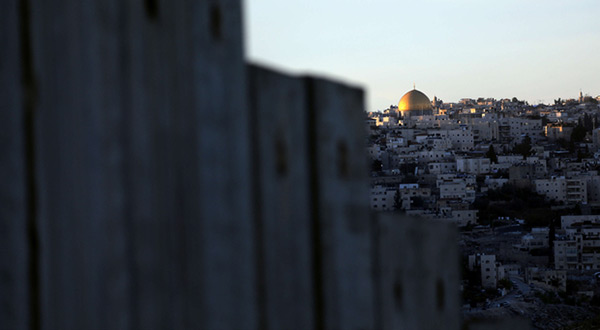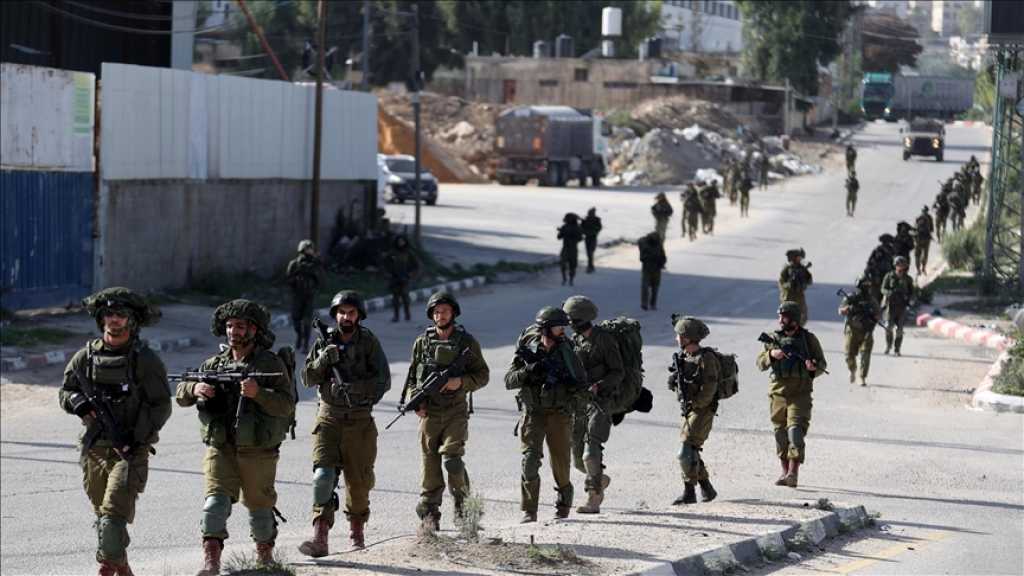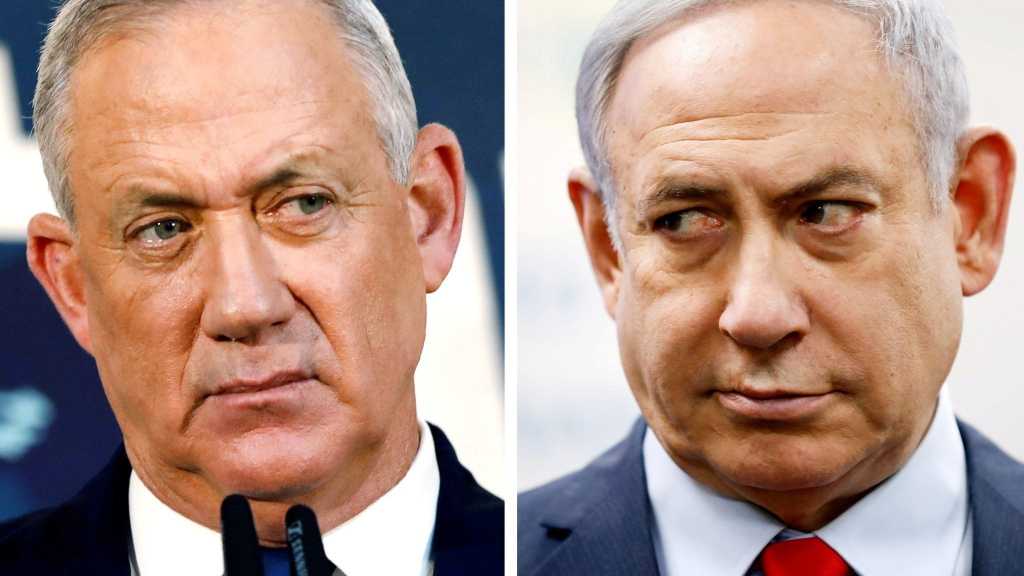
«Israel» Considering Taking Control of Palestinian Areas in East Al-Quds

Local Editor
The "Israeli" military is examining the possibility of assuming responsibility for security in the Shoafat refugee camp and in Kafr Aqab, Palestinian areas that are in the jurisdiction of al-Quds [Jerusalem] but physically cut off from the city since the construction of the separation barrier.

Sources in the "Israeli" military establishment have confirmed that the army's Central Command and the headquarters of the so-called Coordinator of Government Activities in the Territories [COGAT] are reviewing the matter. The army's exact duties in Shoafat and Kafr Aqab have not been determined, nor is it known whether the intention is to change the civil status of the communities. Also still to be worked out is the division of responsibilities between the army and the police. The "Israel" Police currently operate in these areas.
The "Israel" Occupation Forces [IOF] is looking into the possibility that the "Samaria Brigade", which is responsible for the Nablus area, will assume responsibility for additional areas further south, and the "Binyamin Brigade", which is in charge of the Ramallah area, would assume control over Shoafat and Kafr Aqab, in cooperation with COGAT.
"Israeli" military officials said the decision to examine these changes was taken after the recent Palestinian operations in al-Quds.
The "Israeli" army is considering assuming responsibility up to the separation barrier in areas abutting al-Quds, bringing the army into neighborhoods on the other side of the barrier. The implications for residents of Shoafat and Kafr Aqab are also being examined. Military officials stressed that the review was not initiated out of a need to find solutions for these neighborhoods, but rather out of cooperation between the army and police and the recognition that the future of the neighborhoods depends on the decisions that are made.
The Shoafat refugee camp and Kafr Aqab are inside al-Qud's borders but have been cut off from the city by the barrier. Precise population figures are unavailable, but estimates range between 100,000 and 150,000.
Because these neighborhoods were severed from al-Quds, the city and police provide few services and conditions have significantly deteriorated in recent years. Many of the Palestinian operations in 2015 were committed by people living beyond the separation barrier. The infrastructure is poor. In the absence of municipal oversight thousands of apartments have been built, overtaxing already-crumbling sewage, water and electricity systems.
Netanyahus settler government is continuing to take extreme steps aimed at preventing any possibility of a future "peace" plan, along with causing critical damage to the daily life of Palestinian residents of al-Quds says MK Ayman Odeh, the chairman of the Joint List. This is a move designed to uproot 100,000 Palestinians from al-Quds and to shatter East al-Quds into small entities comprised of separate villages and neighborhoods.
Odeh believes that in addition to the political implications of such a move this will also hurt people who in any case are living in dire poverty and with unacceptable infrastructure, and for whom East Jerusalem is the center of their lives. Obviously after such a move their situation will worsen, families will be torn apart and tens of thousands of residents will be cut off from their sources of livelihood.
Perhaps the work being done these days at Central Command attests to the fact that the plan promoted by al-Quds Affairs Minister Zeev Elkin for the division of the city is still alive and well. In an interview with Haaretz in Elkin said the situation in Shoafat and Kafr Aqab could not be worse.
The current arrangement has totally failed; it was a mistake to erect the barrier where they did. There are now two municipal areas, al-Quds and the neighborhoods, with very loose links between them. Formally, the IOF can't operate there and the police only go in for special operations, and the area has gradually become a no-man's land.
Elkin continued, arguing that such an amount of tall buildings, with such density, you don't have even in Tel Aviv, and the planning implications are grave. There are dangers of collapsing buildings in case of an earthquake.
The municipality cannot provide any services there; any attempt to do so has become a great risk. Lately, there have been attempts to find a solution, but even when these are found they are pinpoint solutions, not systemic ones. It's a great challenge - a security and an operational one.
The military establishment says the staff work has not been completed yet and that this is a lengthy process in which several alternatives are being examined, such as the army and COGAT assuming responsibility for neighborhoods beyond the separation barrier.
The IOF spokesman responded by stating that the IOF is constantly examining the optimal way of deploying its forces in different sectors, including in the Central Command area. Different alternatives are currently under review but so far no changes or decisions have been made.
Source: News Agencies, Edited by website team



